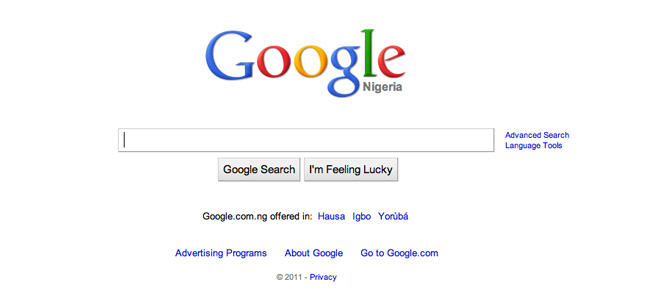This is for you if you really want to maximize your blog’s performance on Google Search. Now that you have started your own blog and you are looking for ways to get more traffic to your blog, I believe you already know that one of the things you need to spend time on in order to generate more traffic to your blog is Search Engine Optimization popularly known as SEO. You really need to learn how to do SEO and do them. You will find effective posts about SEO on this blog that you can apply to your blog. The best search engine to optimize your blog for is Google.
In this post, I have the 4 most important things you need to do to help you maximize your blog performance on Google Search. And after you complete reading this post, you would have incorporated the tips into your blog. Don’t just read this, you need to do it also and your blog’s performance will be improved on Google search.
1. Add all your blogs versions to Google Webmasters
To do this, you will need to create an account with Google webmasters and then add both the “www” and the “non-www” versions for your blog. And if you use other versions like https, make sure you add them also separately. If you have Google webmasters already, you need to add the other versions of your blog. The essence for this is that all your blogs version will be optimized for Google search rather than just one of the versions. Go to Webmaster Tools to do this.
2. Select your preferred blog version
After adding all the versions, make sure you select the version you prefer most. The version you select in your Google Webmasters account determines which version of your blog appears in Google Search. This can either be www or non-www. To do this, go to your Google “Webmaster Tools” home page and click on the blog you want. Click the gear icon and then click “Site Settings”. In the preferred domain section, select the option you want.
3. Select your target country
Is your blog targeted to people/users in a certain country? If yes, then you need to do this setting. This blog targets mostly Nigerians and we have set the preferred country like Nigeria. The importance of this is that when people from your target country search on Google for something related to your blog’s content, it is certain that your blog will be found. To do this, go to your Google “Webmaster Tools” home page and click on the blog you want. Click on “Search Traffic” and then on “International Targeting”. Choose the Country tab and check the Geographic target checkbox and choose your country target. If you don’t want your blog to be associated with any country or region, select “Unlisted” in the drop-down list.
4. Submit a sitemap
And most importantly, you need to submit your blog’s sitemap to Google. The sitemap helps Google better understand how to crawl your site from Google search. With the sitemap, you will be able to let Google know what’s important on your blog which you want Google bots to check and use to rank your blog high on Google search. To do this, go to your Google “Webmaster Tools” home page and click on the blog you want. Click on “Crawl” and then on “Sitemaps”. Click on “Add/test sitemap”. If you have a sitemap on your blog already, input the remaining part of the URL and click on “Submit Sitemap”. If your blog’s platform is WordPress and you don’t have a sitemap for your blog, you need to search for Google XML Sitemaps in the plugins folder and then install and activate it. After you do, input sitemap.xml in the space provided and click on submit a sitemap.
Carrying out the 4 tips will maximize your blogs performance and your blog’s reach on Google search. And if you are not sure on how to set all these up for your blog, you can make use of my blog/site management and search engine optimization service. I’m willing to help you get this done for your blog. You can contact me using the contact us page. Make sure you state clearly what you need in the message to be sent. You’ll get a response as soon as possible.






